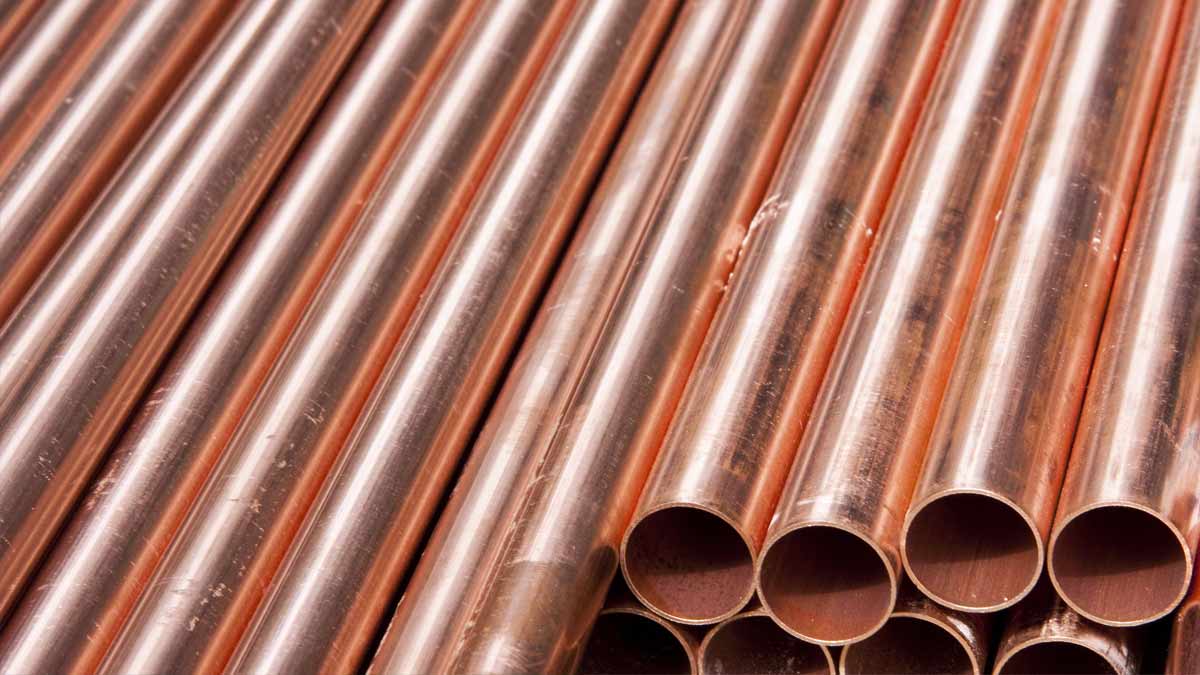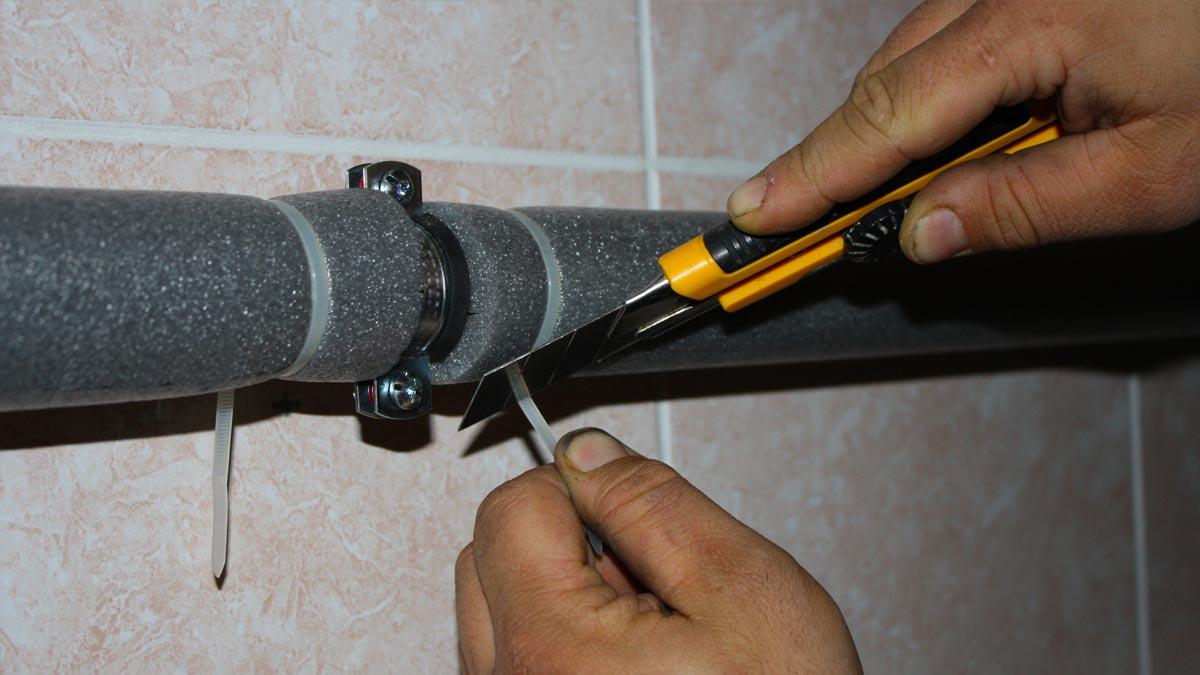Gas appliances are essential in our daily lives, providing warmth, cooking, and other comforts. However, the installation of these appliances is critical to ensure they function safely and efficiently. A poorly installed gas appliance can pose a serious threat to your health and property. Gas leaks, explosions, and fires are just some of the risks associated with improper gas appliance installation. It is therefore crucial to ensure that gas appliances are installed correctly by qualified professionals. In this article, we’ll provide some tips to help you safely install gas appliances in your home. By following these tips, you can minimize the risks associated with gas appliances and enjoy the benefits of safe and efficient operation.
Prepare the area
Preparing the area for installing a gas appliance is an essential step in ensuring safe and efficient operation. Here are some tips to consider when preparing the area for gas appliance installation:
- Check for gas leaks: Before installing a gas appliance, it’s important to check for gas leaks. Gas leaks can be dangerous and can cause fires or explosions. You can use a gas leak detector or a solution of soapy water to check for leaks. Apply the solution to the gas connections and look for bubbles.
- Turn off gas supply: It’s crucial to turn off the gas supply before installing a gas appliance. You can do this by turning off the gas valve located near the gas meter. This will prevent gas from flowing into the area where the appliance is being installed.
- Ensure proper ventilation: Proper ventilation is essential for gas appliances as they emit carbon monoxide and other harmful gases. Ensure that the area where the appliance is being installed has adequate ventilation, such as windows or ventilation fans. You can also consider installing a carbon monoxide detector to alert you in case of any potential risks.
By following these tips, you can ensure that the area is properly prepared for gas appliance installation, minimizing the risks associated with gas leaks and carbon monoxide exposure. Always remember that safety should be a top priority when dealing with gas appliances.
Follow manufacturer instructions
The manufacturer’s instructions typically contain valuable information that can help you understand the product’s features, how to install it correctly, how to use it safely, and how to maintain it to extend its lifespan.
Here are some reasons why it’s important to follow the manufacturer’s instructions:
Safety: The manufacturer’s instructions will often include safety guidelines to ensure that you don’t accidentally harm yourself or others while using the product. By following these guidelines, you can avoid accidents, injuries, or even death.
Proper installation: Many products require proper installation to work correctly. The manufacturer’s instructions will provide detailed steps for installation, including the use of any specialized tools or techniques necessary for installation. Following these instructions will ensure that the product works correctly and safely.
Optimal performance: The manufacturer’s instructions may also provide information on how to use the product to achieve optimal performance. This information can help you get the most out of the product, prolong its lifespan, and reduce the need for repairs or replacements.
Warranty: Some products may come with a warranty that requires you to follow the manufacturer’s instructions to be eligible for the warranty. If you don’t follow the instructions and something goes wrong with the product, the warranty may be voided, and you’ll have to pay for repairs or replacements out of pocket.
In summary, you should always read the manual thoroughly, follow the installation guidelines carefully, and use any recommended tools or techniques to get the most out of your product.
Use approved materials
Using approved materials is a critical aspect of any gas installation project. When installing gas pipes and fittings, it is essential to use appropriate materials that meet safety and legal requirements. One of the primary reasons why using approved materials is important is safety. Using substandard or inappropriate materials can lead to serious hazards such as gas leaks, fires, and explosions, which can cause harm or even death. Approved materials are designed to meet safety standards, ensuring that your installation project is safe and reliable.
In addition to safety, using approved materials helps ensure compliance with local codes and regulations. It is important to verify that your gas pipes and fittings meet local codes and regulations to ensure that your installation project is legal and meets safety standards. This can help you avoid fines and other legal issues that can arise from non-compliance.
Durability is another important consideration when choosing materials for your gas installation project. Approved materials are designed to withstand the pressures, temperatures, and other conditions that gas pipes and fittings are exposed to. This helps ensure that your installation project is durable and long-lasting, reducing the need for costly repairs or replacements in the future.
To ensure that you use approved materials, it is crucial to choose appropriate gas pipes and fittings. Different types of gas require different types of pipes and fittings, and there may be specific requirements for pressure, temperature, and other factors. It is important to consult with the manufacturer or a certified professional to ensure that you choose the right materials for your project.
Lastly, it is important to verify with a certified professional that your gas installation project is safe and meets all legal and safety requirements. A certified professional, such as a plumber or HVAC technician, can provide guidance on selecting appropriate materials and ensuring that your installation project is safe.
Test and inspect
After completing a gas installation project, it is crucial to perform thorough testing and inspection to ensure that everything is functioning correctly and safely. This involves checking for leaks, testing ignition and flame, and monitoring for any issues that may arise.
The first step in testing and inspection is checking for leaks. This can be done using a leak detection solution or by using a gas detector. Checking for leaks is essential as even small leaks can pose a significant hazard if left undetected.
Testing ignition and flame is also an important part of the testing process. This involves ensuring that the ignition system is functioning correctly and that the flame is stable and the appropriate color. Any issues with ignition or flame should be addressed immediately to prevent hazards such as explosions or fires.
Lastly, monitoring of any issues that may arise is critical to ensuring the ongoing safety and reliability of the gas installation. This can include monitoring for signs of corrosion, wear and tear, or any other issues that may affect the performance of the system.
In conclusion, testing and inspection are crucial steps in ensuring the safety and reliability of any gas installation project. Checking for leaks, testing ignition and flame, and monitoring for any issues are all essential aspects of this process. It is important to perform testing and inspection regularly to ensure ongoing safety and performance.
Conclusion
Safe gas appliance installation is essential for home safety. Following manufacturer instructions and using approved materials are crucial steps in ensuring the installation is reliable and safe. Regular testing and inspection, along with seeking professional help when needed, contribute to the ongoing safety and performance of the gas installation.
How useful was this post?
Click on a star to rate it!
Average rating / 5. Vote count:
No votes so far! Be the first to rate this post.











